 The partnership will continue to grow Brewmanity’s Melbourne presence, following the opening of its rooftop brewpub in March.
The partnership will continue to grow Brewmanity’s Melbourne presence, following the opening of its rooftop brewpub in March.  The partnership will continue to grow Brewmanity’s Melbourne presence, following the opening of its rooftop brewpub in March.
The partnership will continue to grow Brewmanity’s Melbourne presence, following the opening of its rooftop brewpub in March. 
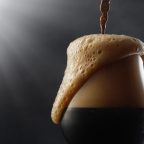
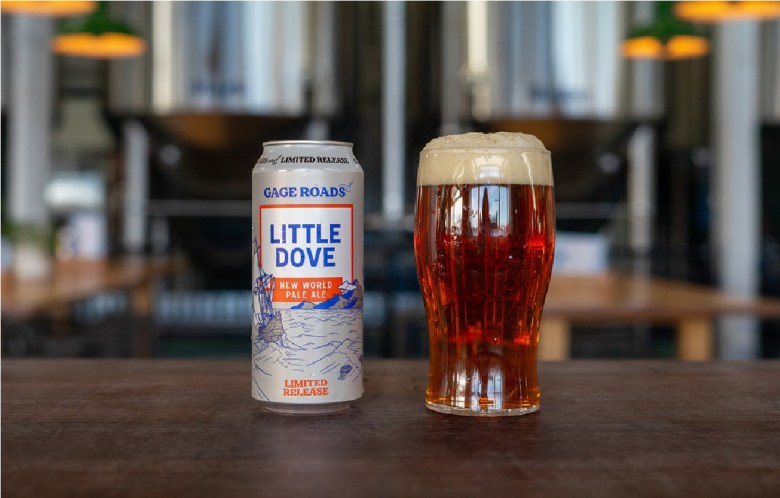 Good Drinks Australia has re-released old favourite beer, with the return of Gage Road Brew Co's Little Dove New World Pale Ale to taps and shelves.
Good Drinks Australia has re-released old favourite beer, with the return of Gage Road Brew Co's Little Dove New World Pale Ale to taps and shelves. 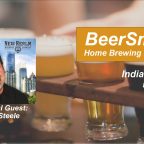
 White Bay Brewery’s Extra Pale Lager is a unique style that stands out from the crowd of craft beer as being something different. It is a style that isn’t yet very common in the beer market and we believe there is demand for it.
White Bay Brewery’s Extra Pale Lager is a unique style that stands out from the crowd of craft beer as being something different. It is a style that isn’t yet very common in the beer market and we believe there is demand for it. 
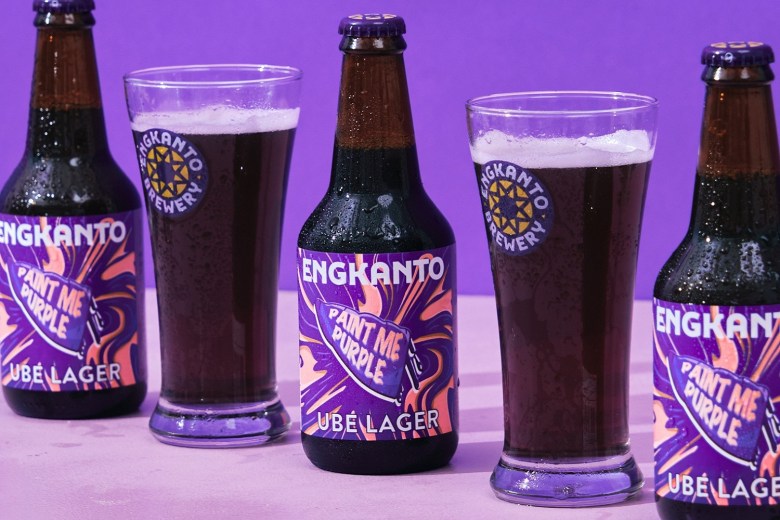 Engkanto craft beers that are made from 100 per cent all-natural, raw materials including locally sourced, native ingredients to The Philippines.
Engkanto craft beers that are made from 100 per cent all-natural, raw materials including locally sourced, native ingredients to The Philippines.  To the delight of many, Chuck Hahn has come out of retirement to start a brewery with his son, Scott.
To the delight of many, Chuck Hahn has come out of retirement to start a brewery with his son, Scott. 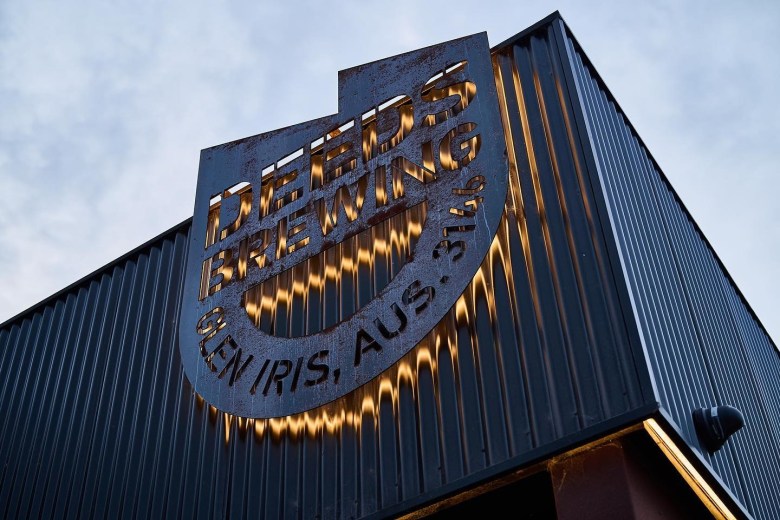 The Victorian brewery is closing its doors after eight weeks of administration, ending the brewery’s 12 year history.
The Victorian brewery is closing its doors after eight weeks of administration, ending the brewery’s 12 year history. 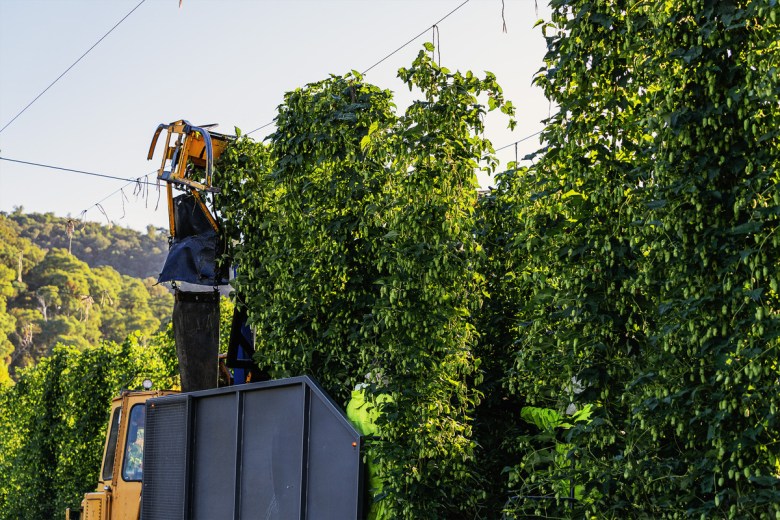 Weather conditions led to reduced hop yields across the board, but high alpha and oil levels indicate a promising crop.
Weather conditions led to reduced hop yields across the board, but high alpha and oil levels indicate a promising crop. 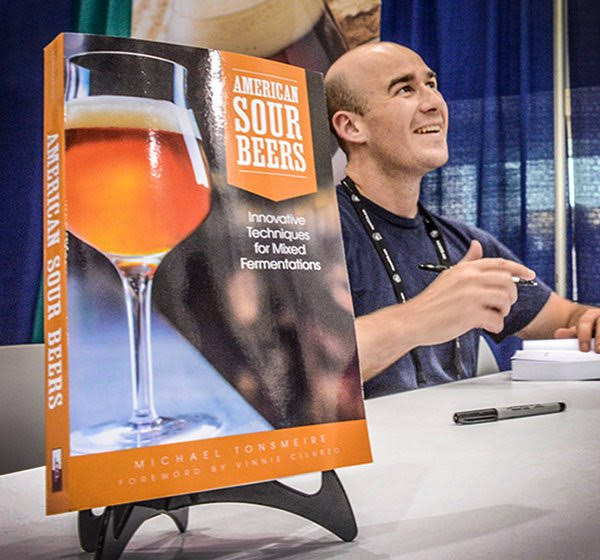
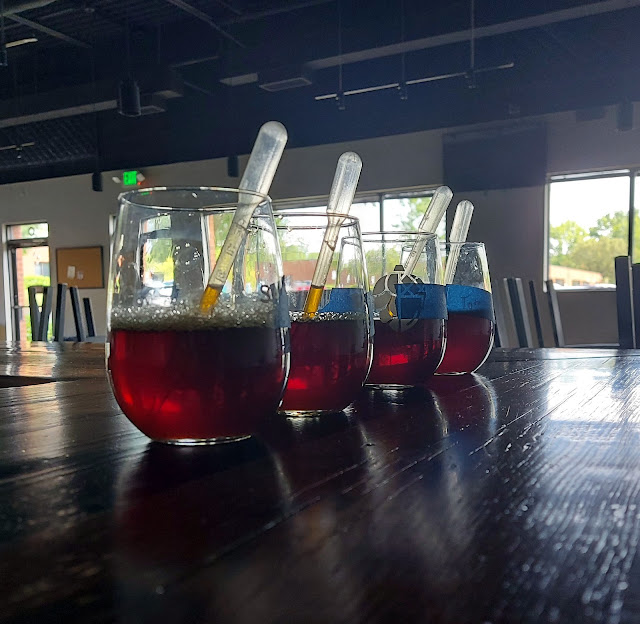
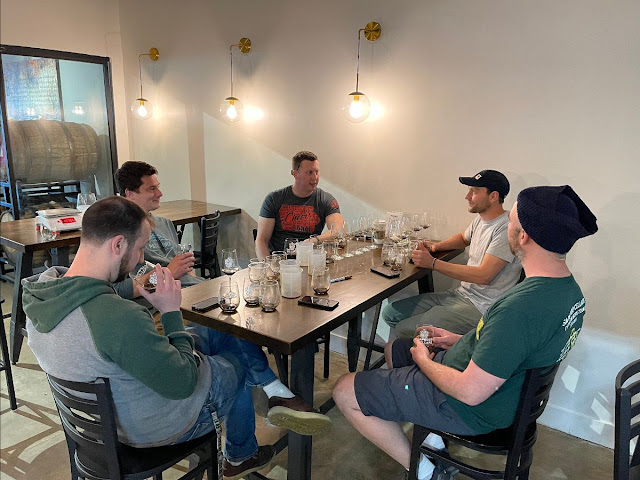
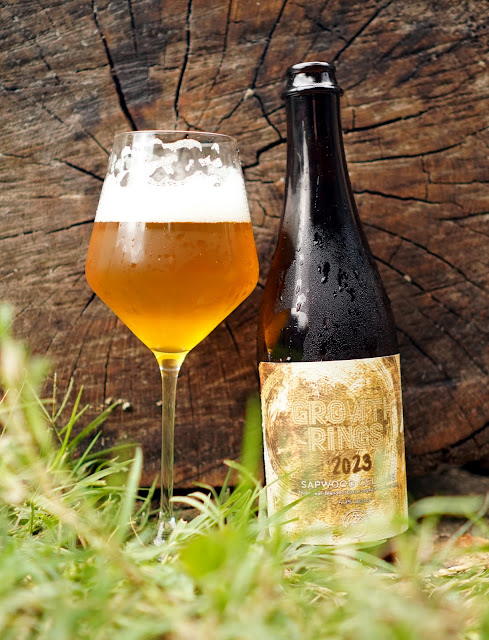
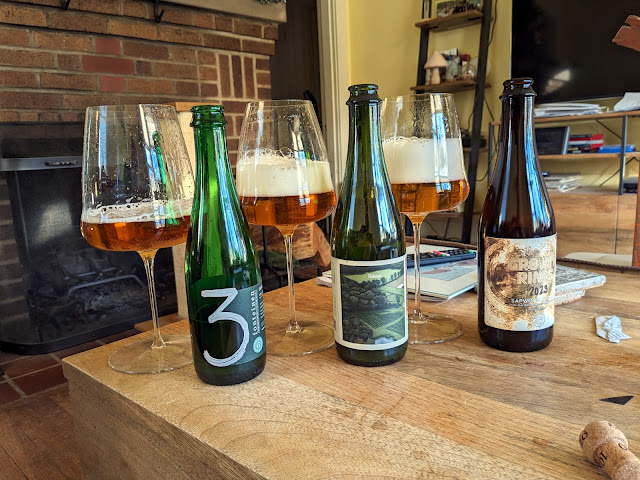
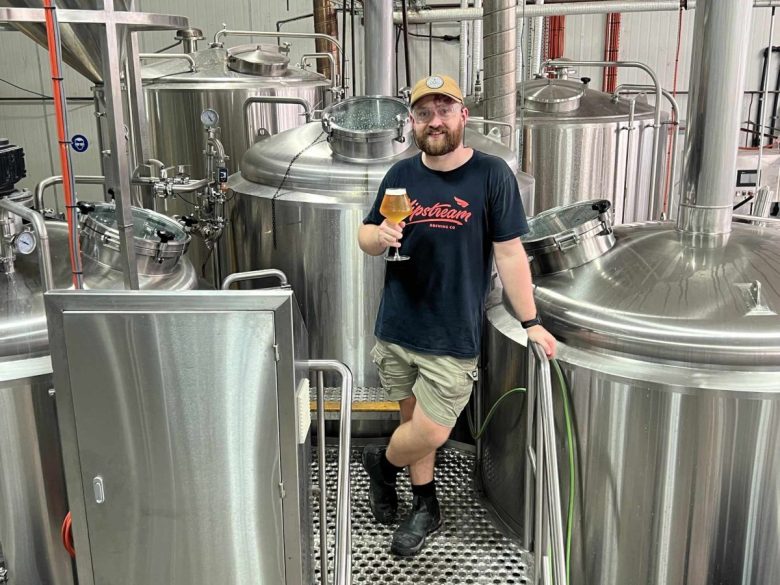 2024 Queensland Royal Emerging Queensland Brewer Daniel Thomsen on his dedication to learning and his work at Slipstream Brewing.
2024 Queensland Royal Emerging Queensland Brewer Daniel Thomsen on his dedication to learning and his work at Slipstream Brewing.  Kerrie Abba and Johnny Latta have put Nomad Brewing Co up for sale just shy of the Northern Beaches brewery's 10th anniversary.
Kerrie Abba and Johnny Latta have put Nomad Brewing Co up for sale just shy of the Northern Beaches brewery's 10th anniversary. 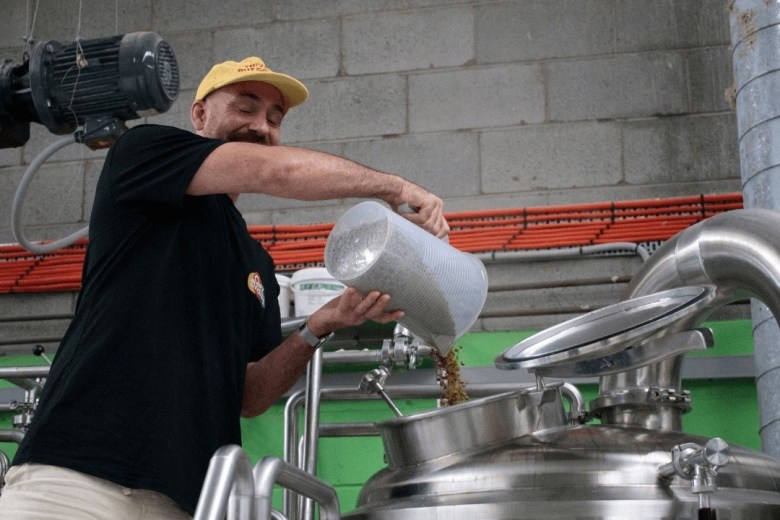 The Australian trivia company is celebrating its 20th anniversary by partnering with craft brewers for a series of uniquely-flavoured beers.
The Australian trivia company is celebrating its 20th anniversary by partnering with craft brewers for a series of uniquely-flavoured beers.  Ahead of Modus Brewing’s 10th anniversary celebration this weekend, we chat with Co-Founder Grant Wearin about his highlights from the past decade.
Ahead of Modus Brewing’s 10th anniversary celebration this weekend, we chat with Co-Founder Grant Wearin about his highlights from the past decade. 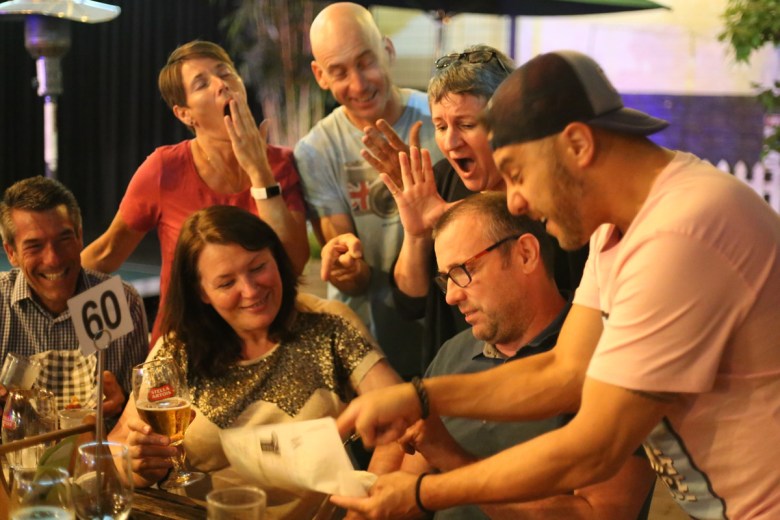 Beer & Brewer spoke to breweries about the benefits of patron engagement events and how to host the right events for your brewery or taproom.
Beer & Brewer spoke to breweries about the benefits of patron engagement events and how to host the right events for your brewery or taproom.  Registration is open for World Brewing Congress 2024, 17–20 August in Minneapolis! This quadrennial event unites brewing professionals for three days of superior programming, expert speakers, and valuable networking.
Registration is open for World Brewing Congress 2024, 17–20 August in Minneapolis! This quadrennial event unites brewing professionals for three days of superior programming, expert speakers, and valuable networking. 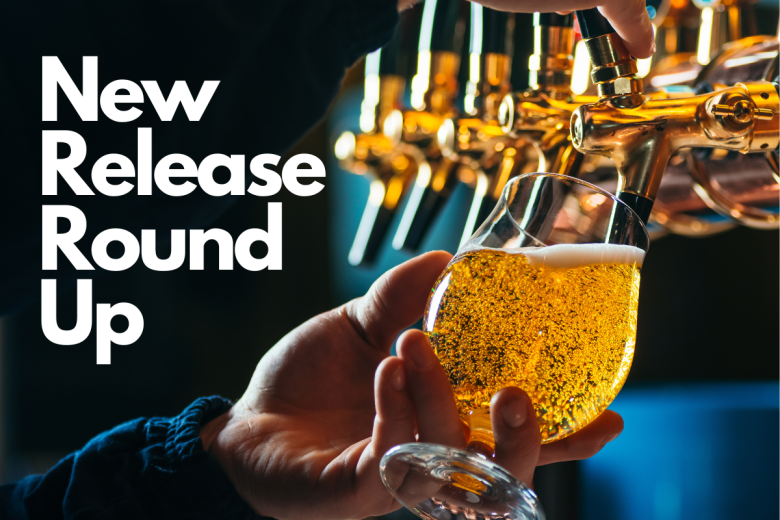 A popular Sydney brewery teams up with a clothing brand, a sour highlights native fruit from the Kimberly, and a 20-year anniversary release.
A popular Sydney brewery teams up with a clothing brand, a sour highlights native fruit from the Kimberly, and a 20-year anniversary release. 
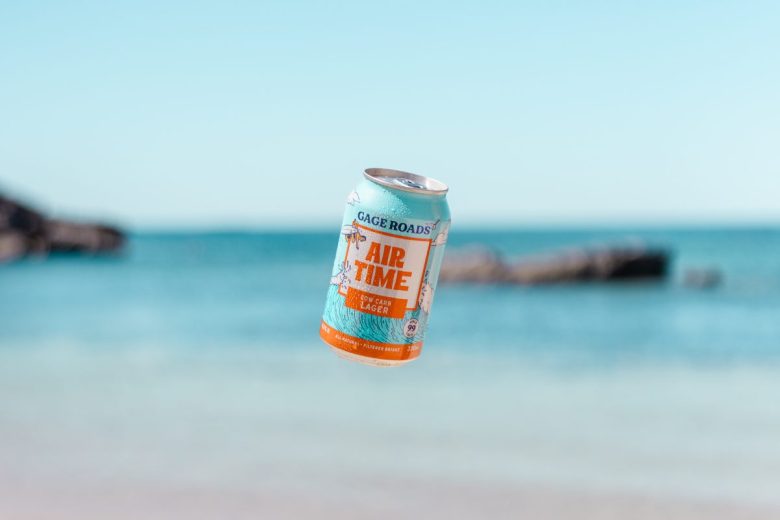 New low carb lagers and an Australian rollout of a popular non-alcoholic stout hit the shelves and beer taps.
New low carb lagers and an Australian rollout of a popular non-alcoholic stout hit the shelves and beer taps. 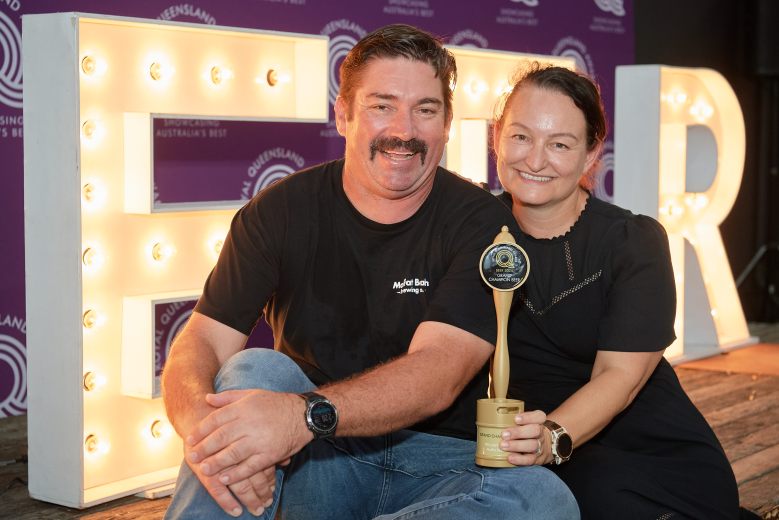 The Sunshine Coast brewery claimed Grand Champion Beer at the RNA Royal Queensland Beer Awards for the third year.
The Sunshine Coast brewery claimed Grand Champion Beer at the RNA Royal Queensland Beer Awards for the third year. 
